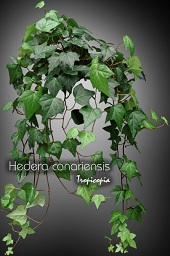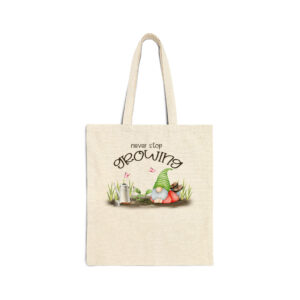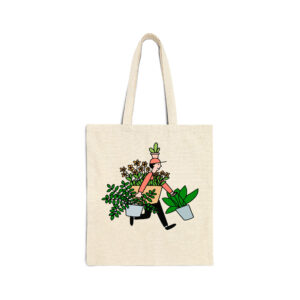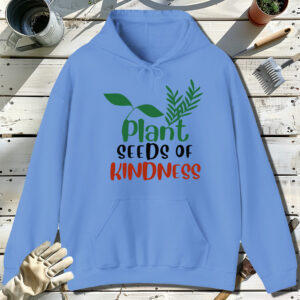Table of contents
Algerian ivy

Latin Name: Hedera canariensis
Category: Hanging
Family: Araliaceae
Origin: Canaries
Climate: Subtropical
Growing Zones: 11, 8
Care Instructions
The Algerian ivy (Hedera canariensis) is a subtropical plant that originates from Canaries. This hanging plant belongs to the Araliaceae family and is well-suited for growing in USDA zones 11, 8.
Complete Care Guide for Algerian Ivy (Hedera canariensis)
Watering Requirements
Algerian ivy (Hedera canariensis) prefers a moderate watering schedule. It is essential to allow the top inch of soil to dry out between waterings to prevent root rot. During the growing season, which typically spans from spring to early fall, water the plant thoroughly, ensuring that excess water drains out of the pot. In winter, reduce watering frequency as the plant enters a dormant phase. Overwatering can lead to yellowing leaves and a decline in overall health, so always check the soil moisture before adding more water.
Light Conditions
Algerian ivy thrives in bright, indirect light but can also tolerate partial shade. Direct sunlight can scorch the leaves, leading to browning and damage. For optimal growth, place your Algerian ivy near a window that receives filtered light or in a well-lit room. If grown outdoors, ensure it is in a location that receives dappled sunlight or light shade, especially during the hottest parts of the day. Adequate light will promote lush, vibrant foliage and encourage healthy growth.
Soil Preferences
Algerian ivy prefers well-draining soil that retains some moisture without becoming waterlogged. A high-quality potting mix that includes peat moss, perlite, and compost is ideal. This combination provides the necessary nutrients while ensuring good drainage. Fertilization should be done during the growing season with a balanced, water-soluble fertilizer every 4-6 weeks. In the fall and winter months, reduce or eliminate fertilization as the plant’s growth slows down. Regularly checking the soil pH, which should ideally be between 6.0 and 7.0, can also help maintain optimal growing conditions.
Pests and Diseases
Algerian ivy can be susceptible to common pests such as spider mites, aphids, and mealybugs. Regularly inspect the leaves for signs of infestation, such as webbing or sticky residue. If pests are detected, treat the plant with insecticidal soap or neem oil, ensuring thorough coverage of the affected areas. Additionally, watch for signs of fungal diseases, which can occur in overly moist conditions. Yellowing leaves and a musty smell may indicate root rot or other fungal issues. To prevent these problems, ensure proper watering practices and good air circulation around the plant.
Special Care Tips
To maintain the health and beauty of your Algerian ivy, consider the following special care tips: Regularly prune the plant to encourage bushier growth and remove any dead or yellowing leaves. This not only enhances the plant’s appearance but also promotes better air circulation. If you notice the plant becoming leggy, it may be a sign that it needs more light. Additionally, consider rotating the pot every few weeks to ensure even growth on all sides. For indoor plants, occasional misting can help increase humidity, which is beneficial for the plant’s overall health. Lastly, be cautious of temperature fluctuations; Algerian ivy prefers a stable environment, ideally between 60°F and 75°F (15°C to 24°C).








